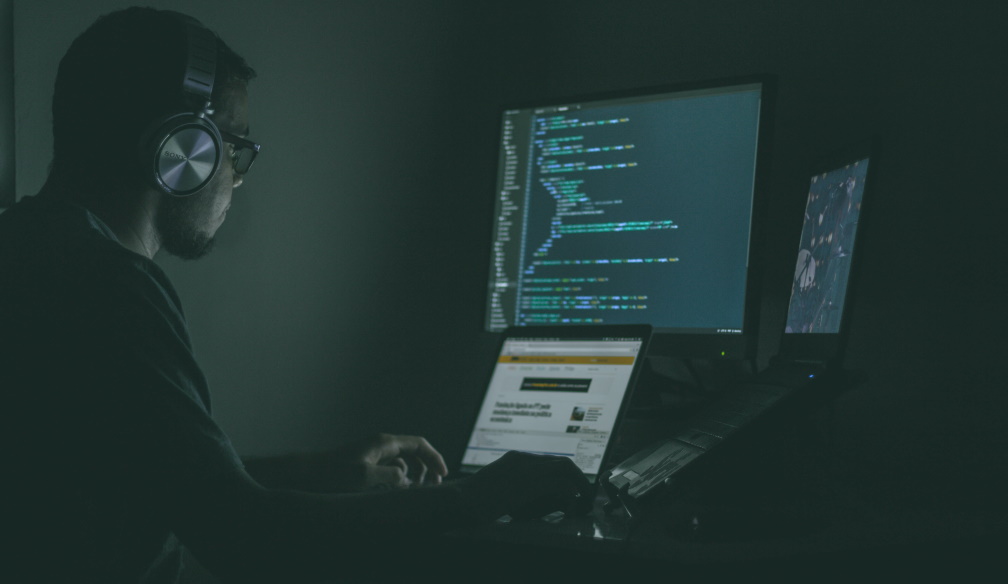Ensuring Infrastructure Security For Remote Work
- Written by NewsServices.com

Remote work is quickly becoming a pretty common thing in many industries. From customer service to SaaS companies, employees are working from home using a combination of company resources and their own devices. With fewer people working in offices, there's a need for better security for the company's infrastructure. Although there are some companies going more toward a hybrid model of remote work / in office work, there's still a significant need for securing remote access to your business network. In this article, we'll explore securing infrastructure in the era of remote work and how you can do it at your business.
The Importance of Infrastructure Security in Remote Work
Remote work often involves accessing and transmitting sensitive data over the internet. Because of this, it's pretty much essential for organizations to have strong infrastructure security measures in place. This is chiefly to protect confidential information, maintain secure remote access, mitigate cyber threats, comply with regulations and standards, and prevent disruptions or downtime on the network. Without having some type of infrastructure security, organizations face an array of threats like increased attack surfaces, poor security talent, more vulnerability to both phishing attacks and hardware intrusions, inefficient data practice, and worse.
Addressing Common Vulnerabilities in Remote Infrastructure
As we've already established, remote and infrastructure can be perilous and full of vulnerabilities. Fortunately, there are several steps your company can take to address these potential issues before they become a bigger problem. First, conduct regular vulnerability assessments and secure remote access. This can identify weaknesses or problems in remote infrastructure (in software, operating systems, network devices, and so on) and provide you with more visibility into your network. Your IT department can apply patches and updates to keep us software systems up to date, which is an important part of any security protocol. Remote infrastructure can also benefit from a secure comment cryptic connections or vpns to help create more security. Strong passwords and multi-factor authentication, firewalls, identity and access management controls, regular backups, and educating your employees are all critical to addressing remote work security concerns before they can bloom into much bigger issues. By following these steps, organizations can tackle the risks associated with remote work environments and ensure they remain secure at all times.
Using Software To Secure Remote Access
One of the best things you can do to secure your remote infrastructure is to implement some type of infrastructure security program. Many different software models exist to help you address multiple security issues. These can include endpoint, mobile, SaaS apps, email, and pretty much anything users might access on your network. Using a security software solution enables you to get past some of the overwhelming nature of dealing with these increased attack surfaces while also providing peace of mind and visibility into what people are doing on your network. Visibility software is powerful and can help you stay one step ahead of attackers looking to exploit your weaknesses. By incorporating such software into your cybersecurity routine, you can keep your remote workers safe from identity hijacking, phishing, and vulnerability exploits while also maintaining the integrity of your network assets.
Implement Multi-Factor Authentication
In addition to some of the items we've mentioned here already, multi-factor authentication is one of the most useful and practical ways to secure remote networks. And multi-factor authentication, users must use two or more different methods of delivery to get a code that authenticates their information. Sometimes this is a random number generator or password authenticator in an app. Most of the time, it comes through email or text message. In these scenarios, the user puts in their password and receives a code to verify it is them. Multi-factor authentication makes it extremely difficult for somebody to get your password and can be a useful tool for strengthening security measures/preventing unauthorized access to your networks when workers are accessing them remotely.
Monitoring for Effective Remote Infrastructure Security
Safeguarding remote infrastructure demands a thought out and well developed strategy. Businesses must consider how they're going to monitor their remote workforce and think about what sort of tools to use. There are advanced AI monitoring tools that can help, along with systems that can detect threats in a real time. The balance between using security measures to monitor your teams and protecting your network infrastructure can be challenging to manage. But with the right tools and strategies in place, you can empower your team to overcome remote work security challenges now and in the future.






